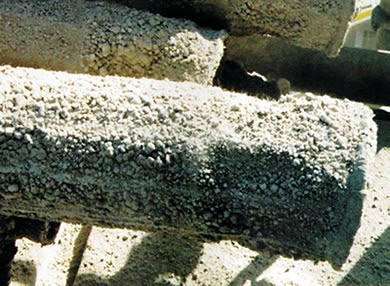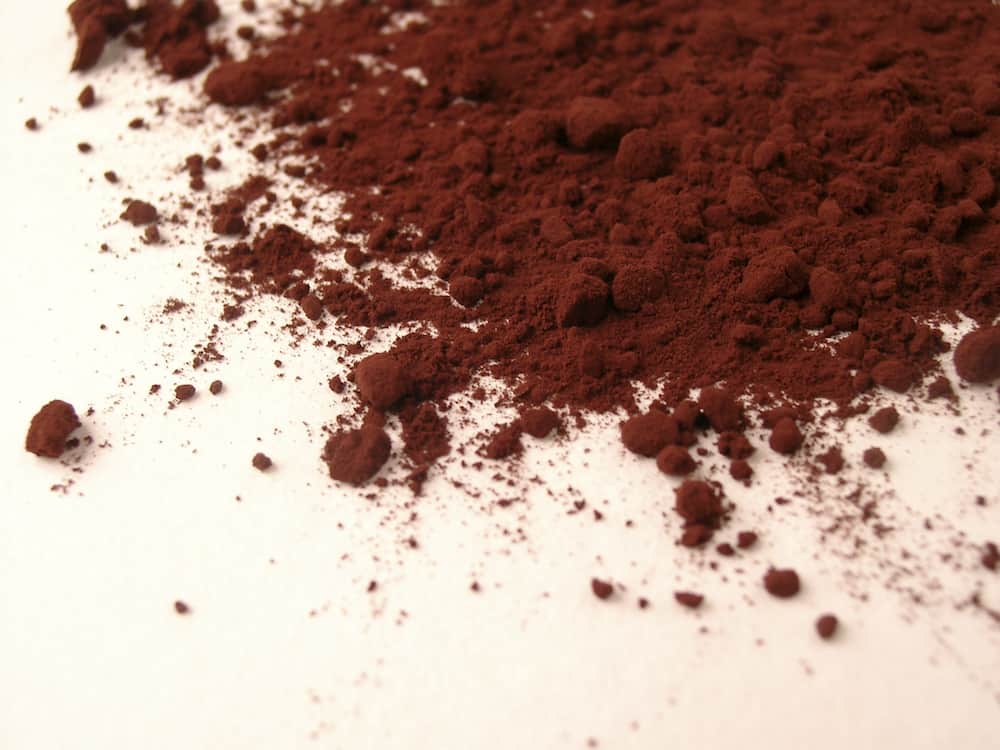Dust Collection Blog
Latest Articles
Categories
Menu
Get a quote today!
Contact Us
3172 N. Rainbow Blvd. Unit #5105
Las Vegas, NV 89108
Phone: (702) 848-3990
Explore Our Filtration Solutions
About Baghouse.com
Baghouse.com is a leading manufacturer of baghouse dust collection systems and equipment with 40+ years of experience serving all industries.










